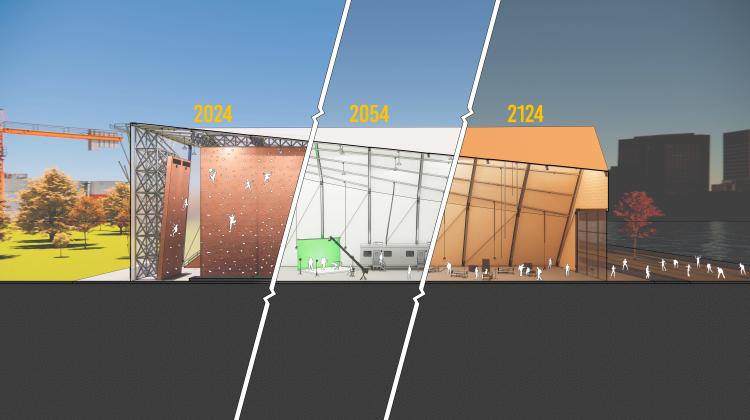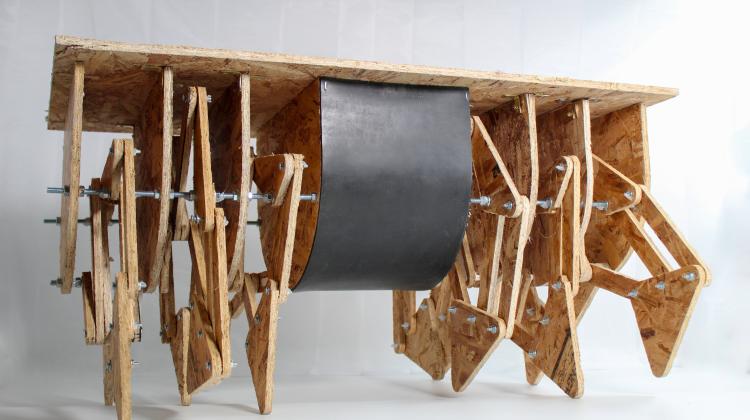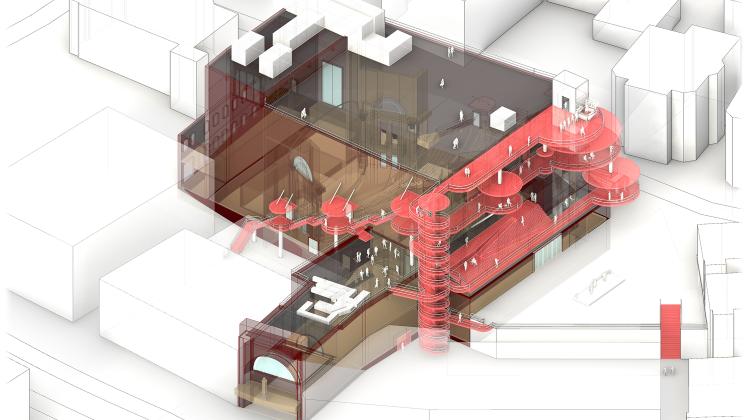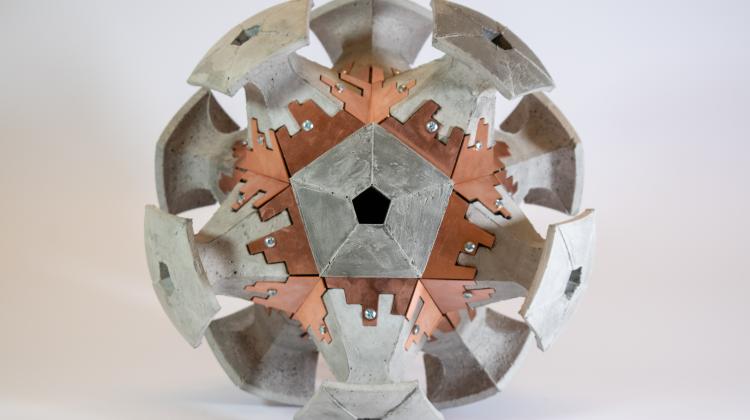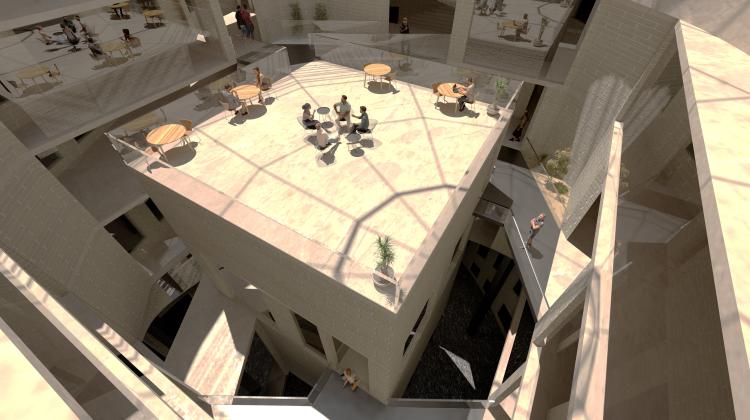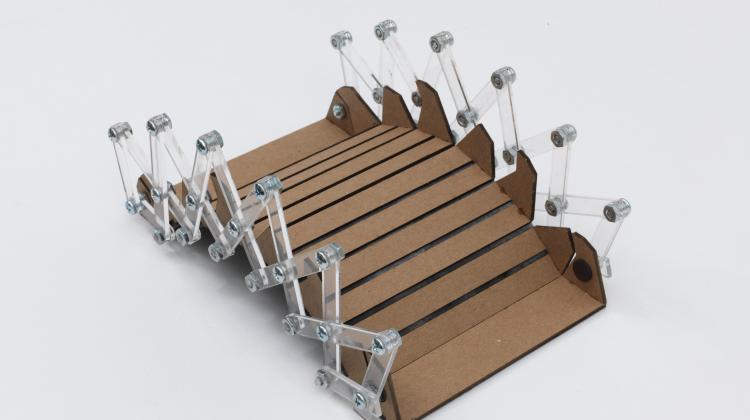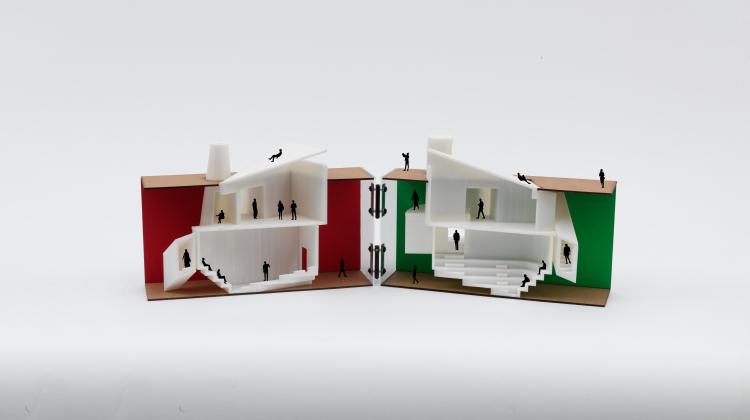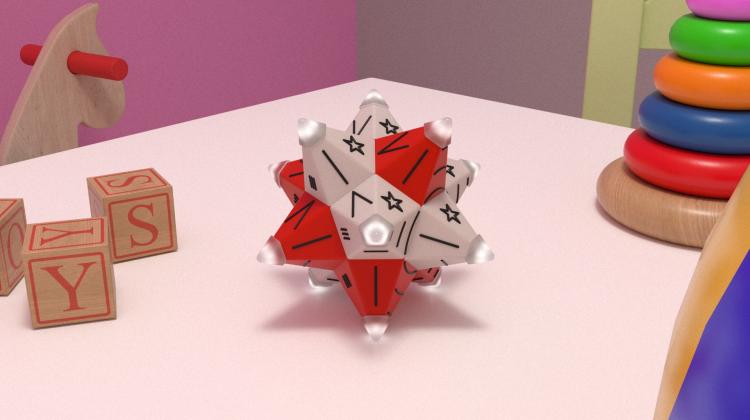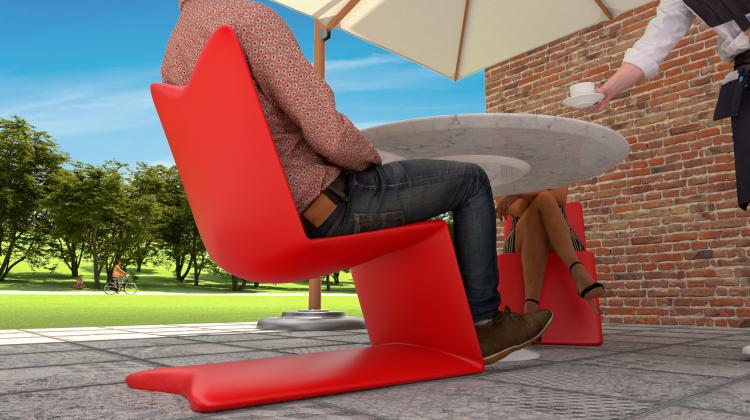Alex Stewart
Alex Stewart is a multidisciplinary designer currently pursuing a Master of Architecture degree at MIT. Originally from Weeki Wachee, Florida, he earned his Bachelor of Arts in Art, Film, and Visual Studies from Harvard University, where he graduated with highest honors and was awarded the Peter Cai Prize.
In his time at MIT, Alex has gained design and creative experience working for studios such as Dami Lee’s NolliStudio in Vancouver, Meaningful in Paris, and KieranTimberlake in Philadelphia. In these positions, he has used a range of research, sketching, modeling, rendering, and fabrication techniques to contribute to a wide range of projects across mediums and scales, including housing, a design book, and products.
Alex is passionate about meeting the challenges of increasing urban density, rising costs of living, income inequality, and repressive trends in design by reimagining city living. He pushes for design from the scale of an apartment complex all the way down to the scale of the plugin, interchangeable amenities in its rooms. Specializing in rendering images, diagrams, and videos to communicate his ideas, he investigates how architectural and product design can work in tandem to create flexible, adaptable living spaces that empower individuals in increasingly dense and complex urban landscapes. By designing such spaces, he aims to provide individuals with greater autonomy and adaptability in their environments.






